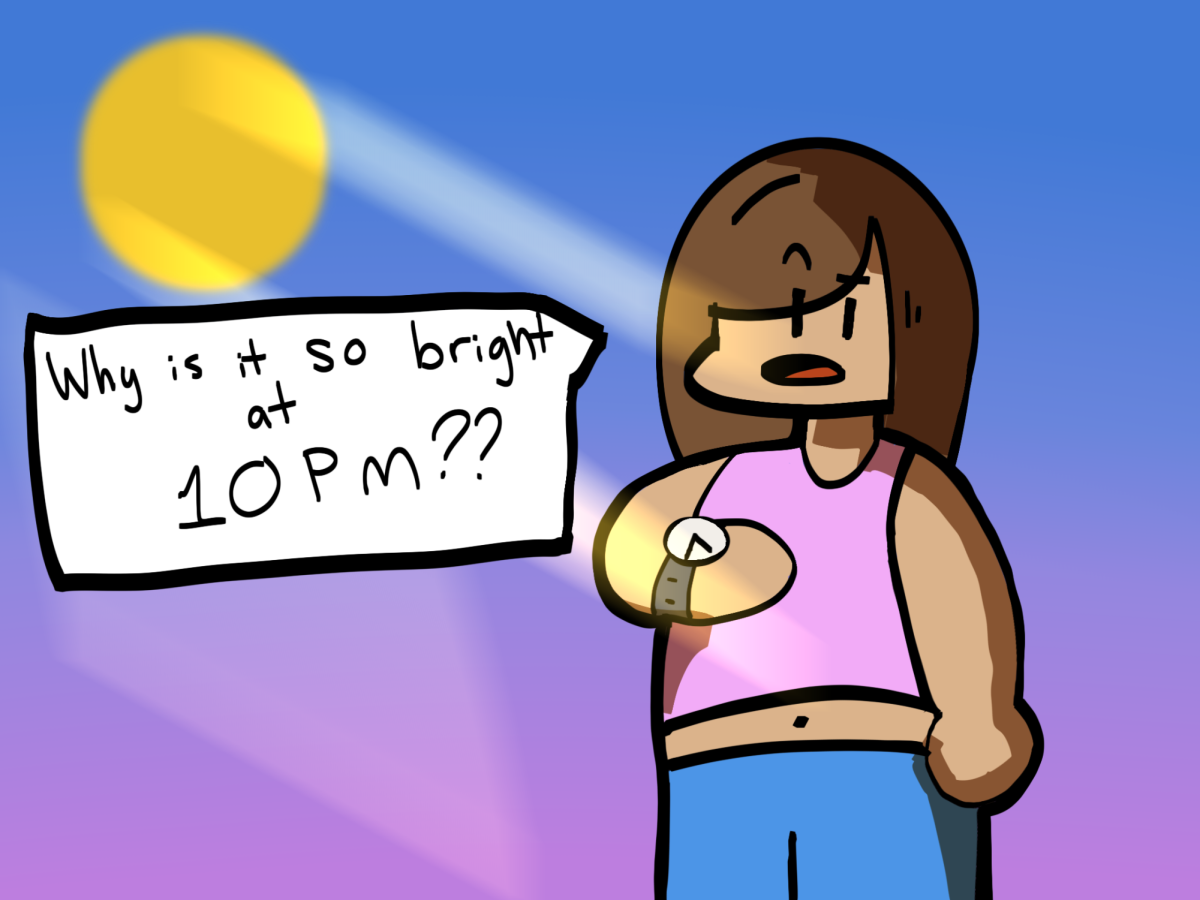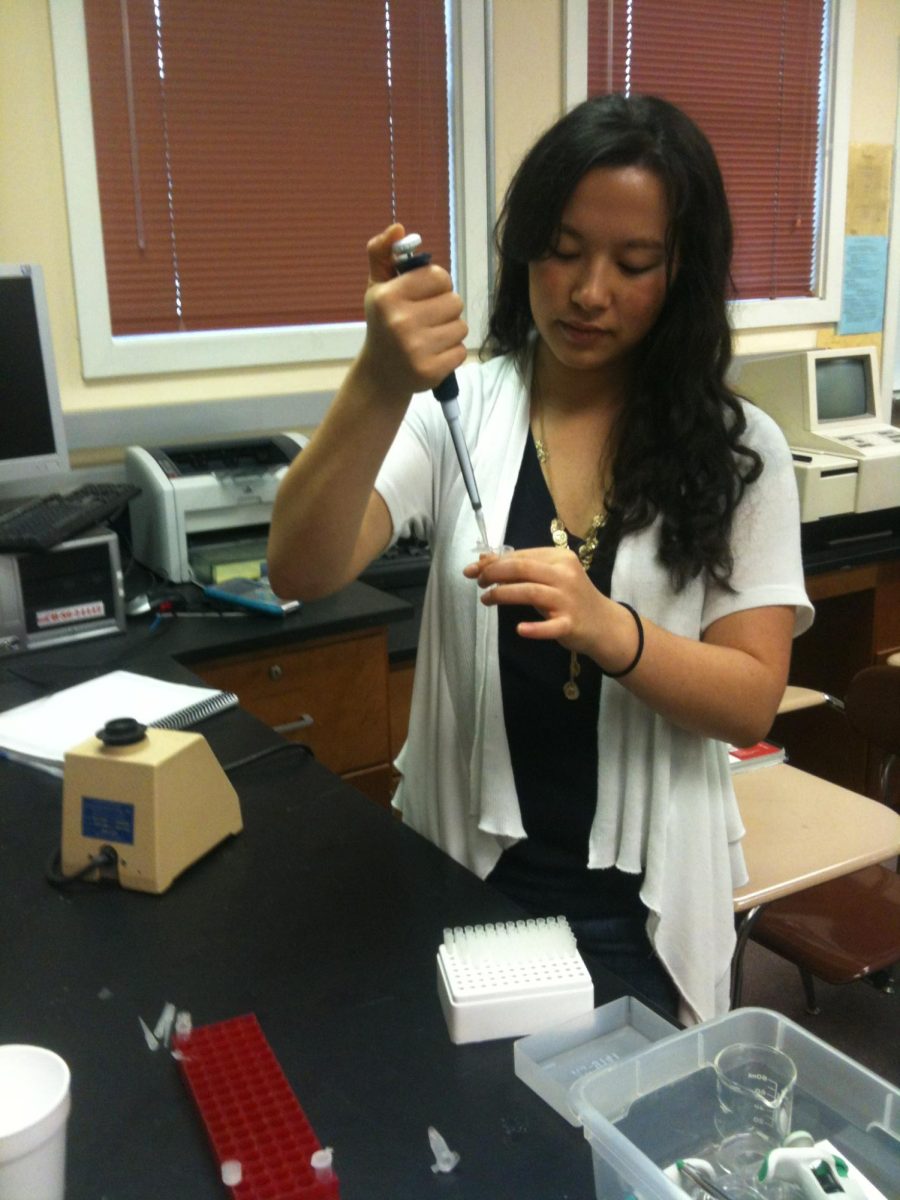
Picture by CJ DeRuyter
By Alex Kinnee
Concussions don’t seem to be a common concern in the minds of teenagers, but with head injuries becoming increasingly more apparent in high school sports, it is clear that preventative measures must be taken.
“I couldn’t remember about a month when I woke up two days later,” said sophomore David Pray, who suffered severe memory loss resulting from a rugby injury. “I was apparently out cold on the field for about 30 seconds after my first concussion, but I have no memory of it.”
Junior soccer player Jill Nunes also has no recollection of her first concussion, which occurred last July at a Stanford soccer camp. She said she was taken to the hospital where they proceeded to run CT scans and give her painkillers.
“I knew that I had all the symptoms (of a concussion) and horrible pain,” said Jill.
Jill has suffered three concussions within a six-month period while playing soccer. Two of the concussions occurred within the past three months and still result in regular headaches.
David has suffered two concussions, both caused by head collisions in rugby. The second time he was hit in the head, he suffered a seizure and cracked his skull.
He was kept in the hospital overnight to ensure that there was no internal bleeding in the brain.
There is not much that hospitals can do besides run tests such as CTs, MRIs, and EEGs to make sure that there is no internal bleeding in the brain, according to the Arizona Sport Concussion Center.
CT scans use X-rays to take detailed pictures of organs, bones, blood vessels, and the spinal cord, according to Web MD.
An MRI uses magnetic field and radio wave energy to make pictures of structures and organs inside of the body, while an EEG measures the electrical activity of the brain.
When an MRI is administered on the head, it is used to look for aneurysms, which is bleeding in the brain, nerve injuries, and other problems in the optic nerves of the eye and auditory nerves of the ear, Web MD explains.
“The hospital did a couple of MRIs to make sure there was no hemorrhaging in the brain,” senior Andrew Noble said about the aftermath of his concussions.
An EEG can be done to measure the electrical activity of the brain.
When this test is administered, sensors are attached to the head, and brain waves are recorded on a computer to measure neural activity, according to Web MD.
It can help to determine a person’s chance of recovering after a change in their state of consciousness.
Even with these tests administered, it is difficult to determine what the long-term effects of a concussion will be.
When returning from intense injuries such as concussions, athletes are often required to obtain permission from a doctor before they are eligible to play again.
A head injury for someone still recovering from a prior concussion has proven to be much riskier.
It is known as the second-impact syndrome, and can cause permanent brain damage, resulting in fatality, according to the Arizona Sport Concussion Center.
After obtaining a doctor’s release, Jill took some precautions before returning to the soccer field this season.
“Coming back from the second concussion I wore head gear to try and cushion the ball more on my head,” Jill said. “It didn’t help.”
Just a few weeks after beginning to play again, Jill headed the ball, resulting in her third concussion.
Students like Andrew, who has suffered from six concussions, don’t change the way they play in order to prevent injury.
“I’m not scared of any permanent damage,” said Andrew.
Although he is not scared, he believes that coaches should be more aware of the dangers of head injuries.
Students in Cal’s sports medicine program learn how to check injured athletes and assess the symptoms.
Some symptoms of a concussion are dizziness, nausea, instant headache, memory loss, and dilated pupils, said senior Kelly Saunders, who is in advanced sports med and has administered concussion tests on student athletes.
Assemblywoman Mary Hayashi, D-Hayward, has introduced two bills to the state legislature in the hope of reducing the number of teen athletes who suffer head injuries.
The first bill would require coaches to study and know the symptoms of head injuries, and the second would require a doctor’s clearance for an injured athlete to resume play, according to the Contra Costa Times.
This bill was passed by the House and expresses the need for enhanced public awareness of traumatic brain injury and support for the designation of a National Brain Injury Awareness Month, according to www.govtrack.us.
The second bill, which is still in committee, explains its purpose is to provide for the establishment and implementation of concussion management guidelines with respect to school-aged children, and for other purposes, according to www.govtrack.us.
By passing these two pieces of legislation, there is hope that in the future, athletes, coaches and schools will be better prepared should head injuries occur.
“(These bills) should definitely pass,” said Jill. “It’s dealing with your brain, and it’s something that we definitely need to know more about.”





